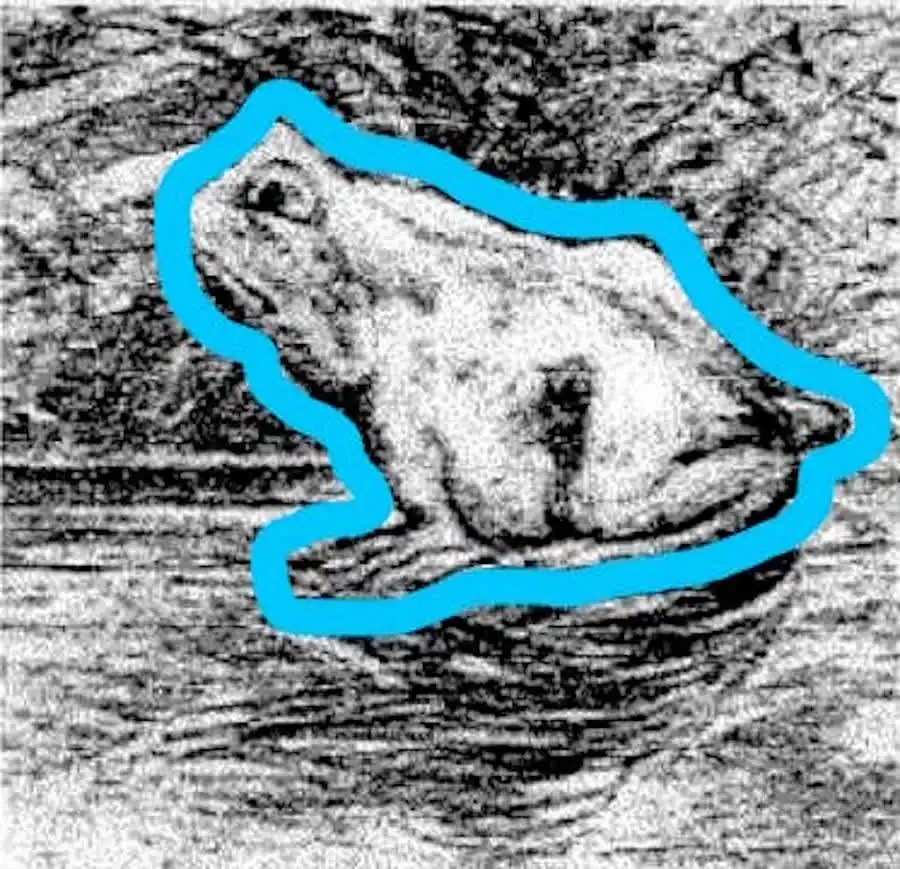Engaging in visual brain teasers can be a fun way to challenge and stimulate your cognitive abilities. Optical illusions, like the one involving a frog image, offer not only entertainment but also insights into how our brains process visual information.

According to Susana Martinez-Conde, the director of the visual neuroscience laboratory at the Barrow Neurological Institute, optical illusions are significant in visual research. They provide valuable insights into how our brains process visual information, both in normal and compromised conditions.
The frog image, for instance, challenges our perception by hiding an unexpected element within it. While it appears to be a simple frog image, careful observation reveals something more. This phenomenon goes beyond mere optical mechanics; it delves into the complexities of how our brains perceive and interpret images.

As Mark Changizi, a neurobiologist, explains, our brains are constantly assembling perceptions to help us navigate the world. However, some of these perceptions may involve composite structures, which adds to the intrigue.
Discovering the hidden element in the frog image may require patience and a sharp eye. Even keen observers might initially miss the secondary figure within the image. It’s a delightful exercise that showcases the intricate relationship between our eyes, brains, and perception.





